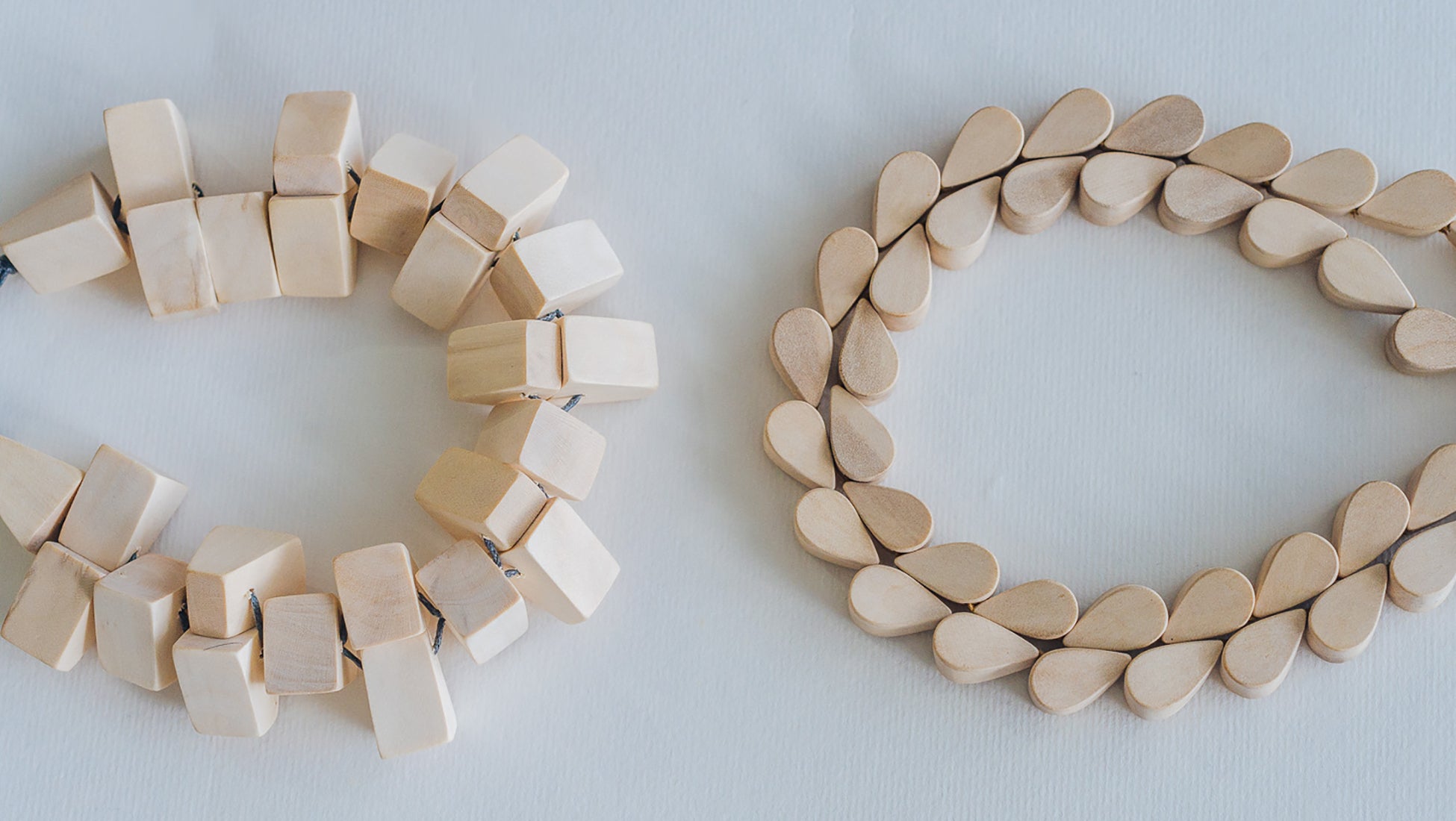
02.04.2015 | Recently, I attended a course organized by Singapore Design Council on Service Design. Service Design is a design approach that addresses the ecology of interactions over time that makes up the end-to-end experience. Service design, as explained by CIID at Design Singapore, generates experiences that support, empathise with and engage a wide ecosystem of people, systems and contexts.
There were many lessons that struck me, but there was one key lesson I took away — the purpose of prototyping. Prototyping should be iterative and progressive in order to reach the best outcome. It was reinforced in my mind because of an example of Sir James Dyson who, in 15 years, made 5,127 prototypes before his revolutionary vacuum cleaner made it to the market. The results were phenomenal. Reading more about him, I was blown away by his discipline, consistency and sheer determination. It was his spirit that moved me.
This had me thinking about how I’ve approached prototyping in my own business. One of my biggest challenges was coming to terms with how much waste I was producing with the way I approached prototyping. I was working relentlessly on producing samples for showroom agents and clients who required them. It was so much easier to producing a sample of each design I had in order to test the market. From this approach, I accumulated a wide variety of samples, with only two or three pieces of each design. I didn't realize how exhausting I made it for my makers. In an attempt to lower risk and indulge in my every design, I have overlooked the overheads my makers had to worry about.
 To achieve excellence in design, prototyping is necessary. But it is possible to prototype in a way that produces both good designs and less waste. The idea is to work on coming up with a small amount of very good designs versus many average ones. Prototyping a larger set of average designs is both inefficient and wasteful, as I had been doing for years. When I embarked on making this change in my process, I had to start making difficult choices incongruent to accepted business practices, and even the way I conducted myself with clients and makers. To begin with, I had to stand up for my makers and decline requests for more samples from agents and clients. What I should have been doing all along is producing fewer designs in larger quantities, and living with the possibility that those designs would not sell. I do this now. Unless a minimum quantity can be met, I will no longer waste my maker’s efforts in working on countless samples. Even if they are hungry for any business, I now know better that this is not good for them — it drains their resources and sinks them further than they realize. This is one way I’ve chosen to ensure sustainability for my makers. For me, this seemingly simple approach to smart prototyping meant learning to not indulge, to constantly moderate, deliberate, work on positive change, and to make difficult choices.
To achieve excellence in design, prototyping is necessary. But it is possible to prototype in a way that produces both good designs and less waste. The idea is to work on coming up with a small amount of very good designs versus many average ones. Prototyping a larger set of average designs is both inefficient and wasteful, as I had been doing for years. When I embarked on making this change in my process, I had to start making difficult choices incongruent to accepted business practices, and even the way I conducted myself with clients and makers. To begin with, I had to stand up for my makers and decline requests for more samples from agents and clients. What I should have been doing all along is producing fewer designs in larger quantities, and living with the possibility that those designs would not sell. I do this now. Unless a minimum quantity can be met, I will no longer waste my maker’s efforts in working on countless samples. Even if they are hungry for any business, I now know better that this is not good for them — it drains their resources and sinks them further than they realize. This is one way I’ve chosen to ensure sustainability for my makers. For me, this seemingly simple approach to smart prototyping meant learning to not indulge, to constantly moderate, deliberate, work on positive change, and to make difficult choices.
Five years into this, and I can clearly see the mistakes I made when I first started. But it’s ok to make mistakes, I’m grateful really, to be able to face my faults and change for the better — for the makers, for my business and for myself.

